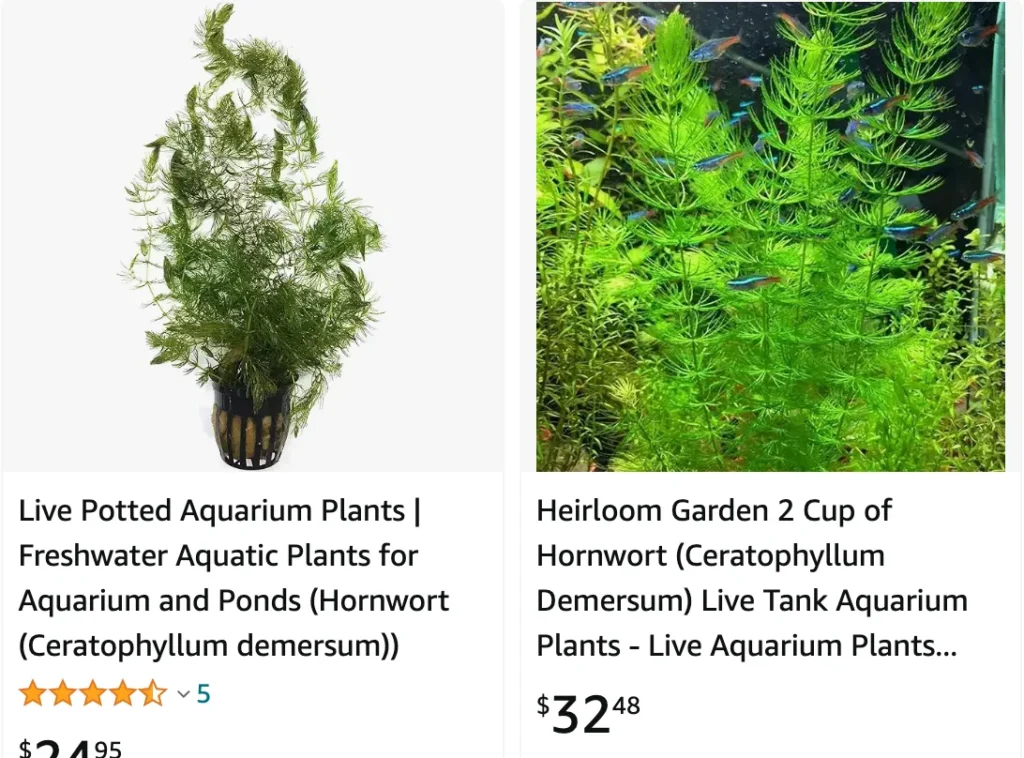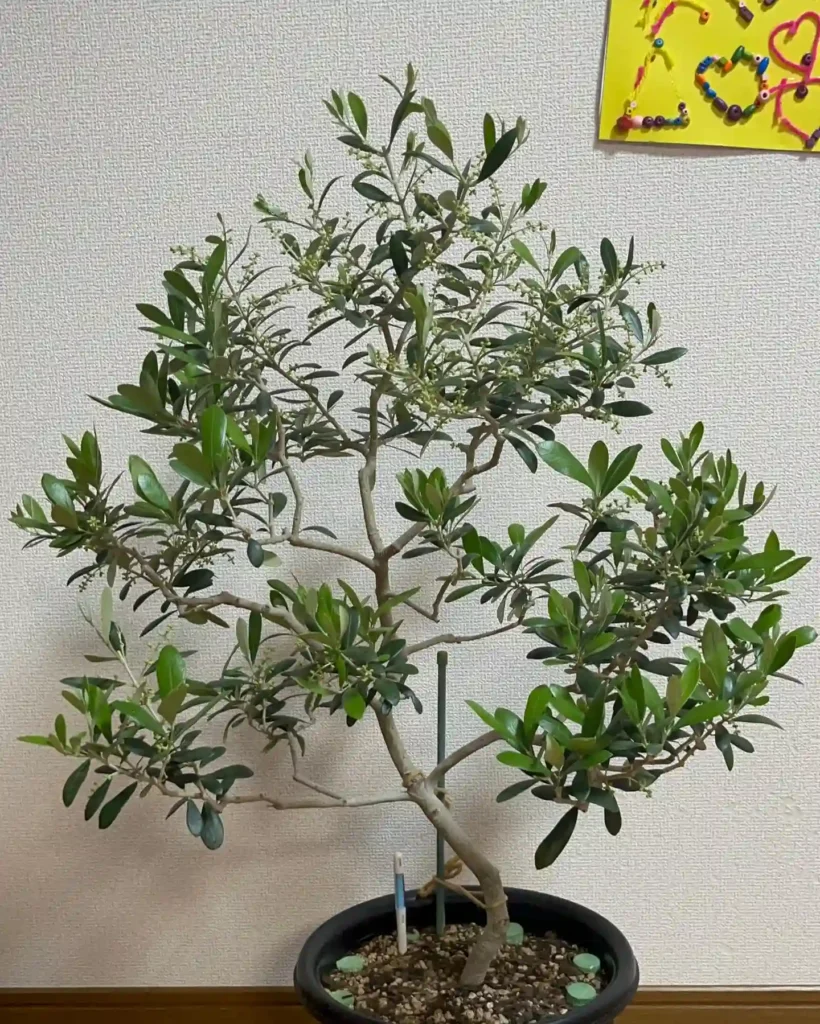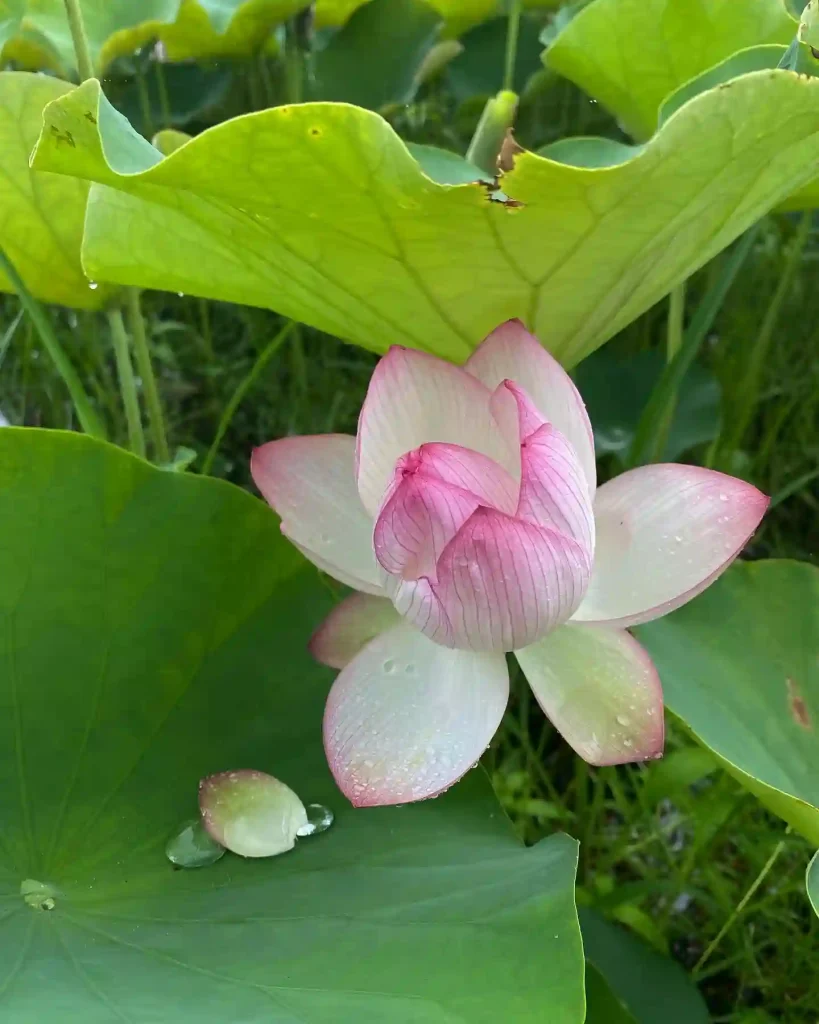
The Enduring Appeal of Ceratophyllum Demersum in My Aquascapes
Ceratophyllum demersum, often called hornwort or coontail, has become a constant companion in my underwater gardens. This versatile aquatic plant never fails to impress me with its hardiness, ease of care, and undeniable aesthetic value.
Over the years, I’ve learned a lot about this fascinating species, and I’m excited to share my experience with fellow aquascapers. In this article, we’ll delve into the world of Ceratophyllum demersum, exploring its unique characteristics, growth requirements, and its role in creating stunning aquascapes.
Plant Family: Ceratophyllaceae – Genus Ceratophyllum
Ceratophyllum Demersum vs Submersum
I’ve found that Ceratophyllum demersum, also known as hornwort, is much more robust in my tank compared to Ceratophyllum submersum. The demersum grows quickly and seems to thrive even in less-than-ideal conditions, which is great if you’re looking for a low-maintenance plant that will help with water quality. In contrast, submersum didn’t fare as well for me; it was more finicky and didn’t grow as vigorously. I struggled to keep it healthy, and it didn’t provide the same lush appearance or benefits to the tank environment as demersum did. Overall, demersum has been the better choice for a hardy, easy-to-care-for aquarium plant.
Do Ceratophyllum demersum Photosynthesize?
Despite its submerged existence, Ceratophyllum demersum thrives on photosynthesis, just like most terrestrial plants. Unlike many aquatic plants that require CO2 injection for optimal growth, hornwort can adapt to a wider range of CO2 levels. This makes it a great choice for beginners or those who prefer a low-maintenance setup.
However, for truly lush growth, supplementing CO2 can be beneficial. The telltale sign of insufficient CO2 is stunted growth with a pale or yellowish hue. If you notice this, consider increasing CO2 levels gradually while monitoring your fish for any signs of distress.
How to Grow Ceratophyllum demersum?
Growing Ceratophyllum demersum is a breeze. It thrives in a variety of water parameters, tolerating a wide range of temperatures (between 65°F and 82°F) and moderate to high light levels.
Here are some key factors to ensure your hornwort flourishes:
- Substrate: While it doesn’t necessarily root itself, Ceratophyllum demersum benefits from a substrate that allows for some anchoring. Gravel or sand works well.
- Lighting: Moderate to high lighting is ideal. Hornwort can tolerate lower light conditions but might exhibit slower growth.
- Water Flow: A gentle to moderate water current helps keep the plant healthy and prevents debris from accumulating on its stems.
- Propagation: This plant is a prolific propagator. Simply pinch off stem sections and replant them for a quick and easy way to multiply your hornwort.
How to care for Ceratophyllum demersum?
Ceratophyllum demersum offers a multitude of benefits beyond its aesthetic appeal. Here are some reasons why it should be a mainstay in your aquascape:
- Water Quality Champion: Hornwort is a natural water purifier, absorbing excess nutrients that can contribute to algae growth. It also helps to oxygenate the water, creating a healthier environment for your fish.
- Breeding Sanctuary: The feathery foliage provides a safe haven for fish fry, offering them hiding places and a source of infusoria, a vital food source for young fish.
- Conditioning Agent: The dense foliage helps to condition the water, releasing beneficial tannins that can have a calming effect on some fish species.
What to Plant with Ceratophyllum demersum?
Ceratophyllum demersum’s versatility allows it to be a perfect companion for various plants in your aquascape. Here are some ideas for creating a harmonious underwater scene:
- Foreground: Combine hornwort with low-growing carpeting plants like Dwarf Hairgrass or Marsilea to create a lush, green carpet.
- Midground: Taller plants with contrasting colors, such as Hygrophila corymbosa or Ludwigia repens, can add depth and visual interest.
- Background: Hornwort’s feathery texture provides a beautiful backdrop for stem plants like Rotala rotundifolia or Cabomba caroliniana.
Conclusion: A Timeless Treasure
Ceratophyllum demersum’s easy care, adaptability, and numerous benefits make it a true gem in the aquascaper’s toolkit. Whether you’re a seasoned hobbyist or just starting your underwater journey, this plant is sure to become a cherished resident in your aquascape. So, dive in and experience the enduring appeal of Ceratophyllum demersum!
If i die, water my plants!



